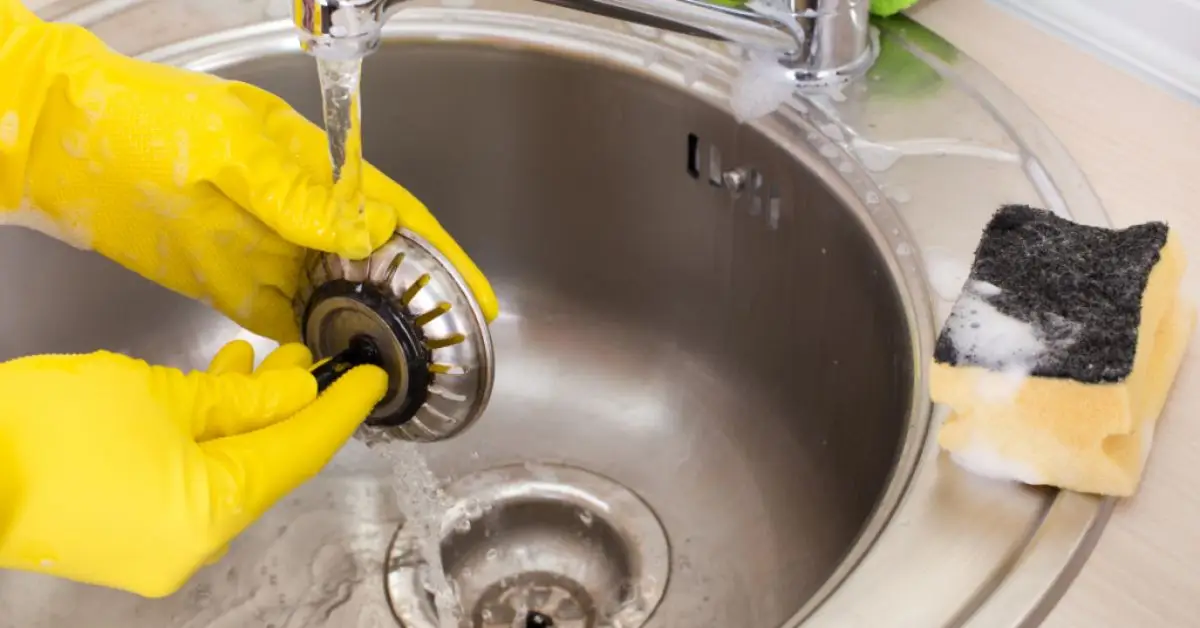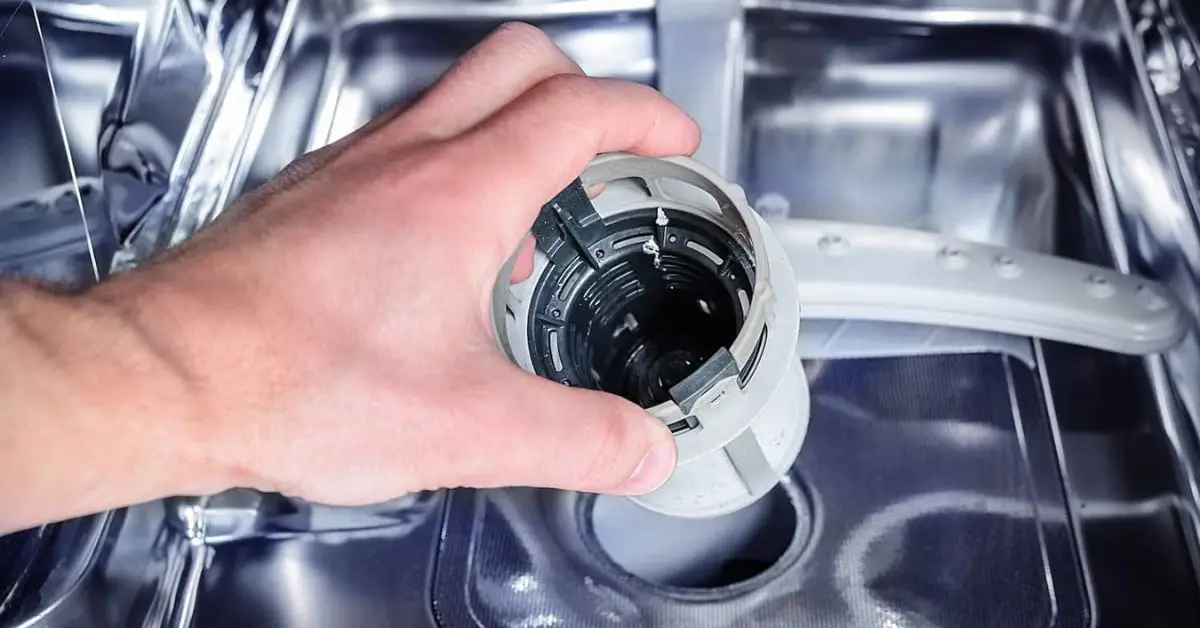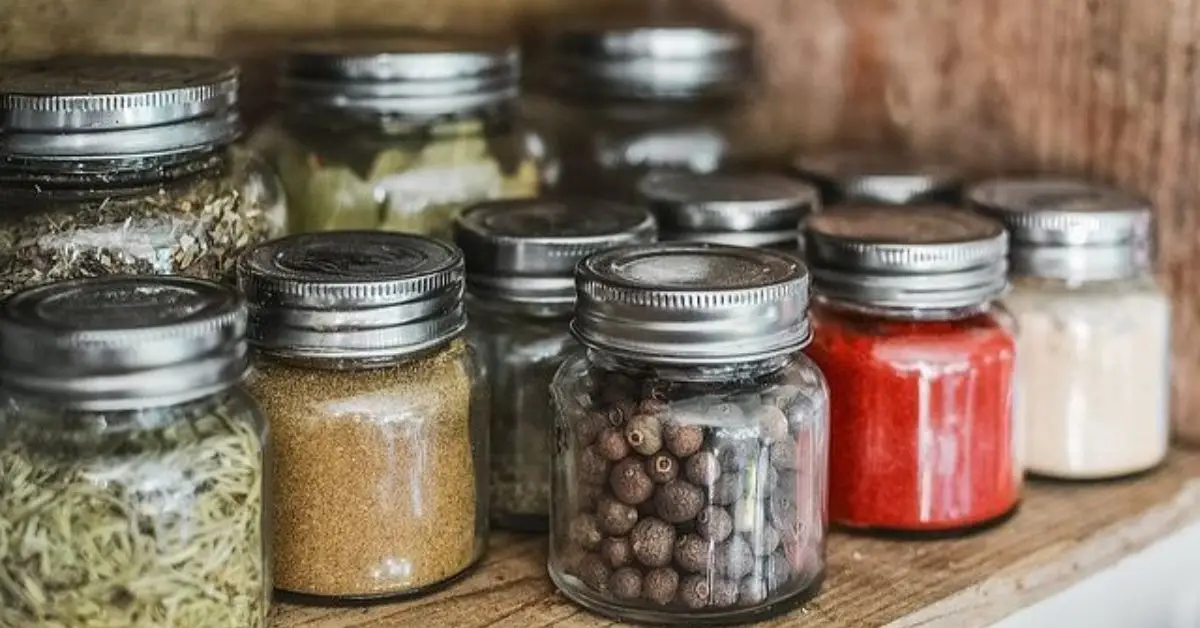The 9 Most Overlooked Kitchen Spots That Are Actually the Dirtiest
I’ve always thought my kitchen was spotless—until I started looking a little closer. That’s when I realized that some of the dirtiest, germ-packed spots are hiding in plain sight. From the sponge I use every day to the handles I touch dozens of times, these “invisible” germs can turn a clean kitchen into a health risk without me even noticing.
What shocked me even more is how easily these germs can spread to our food and utensils, affecting everything we eat. And the worst part? Most of these spots are completely overlooked in everyday cleaning routines.
In this article, I’m going to walk you through the nine sneakiest germ havens in your kitchen and show you exactly how to clean them fast. No fluff, no scary warnings—just simple, practical steps you can do today to keep your kitchen safe, hygienic, and truly clean.
By the end, you’ll not only know where these hidden germs are hiding but also have a clear action plan to tackle them—so you can cook and eat with confidence again.
1. Kitchen Sponges: The Germiest Item in Your Kitchen
I used to think my sponge was just a harmless cleaning tool—until I learned it’s basically a germ magnet. Sponges are damp, warm, and full of tiny food particles—the perfect playground for bacteria like E. coli and Salmonella. Honestly, it freaked me out the first time I realized just how much bacteria could be lurking in a sponge I touch every day.
Here’s what I do now to keep mine safe:
- Microwave it for 30 seconds: Just make sure it’s wet before microwaving, or it could catch fire.
- Replace every 1–2 weeks: Old sponges are basically bacterial incubators.
- Rinse and wring thoroughly after each use: Minimizes dampness and slows bacterial growth.
Doing these simple steps drastically cuts down the bacteria in my kitchen—and it’s something you can start today too. For a quick reference on why this is so important, check out Homes & Gardens’ tips on kitchen sponges.
Following these steps reduces bacterial spread in your kitchen, keeping your food and hands safer.
2. Sink Drains: A Breeding Ground for Bacteria

I never gave much thought to my sink drain until I noticed a weird smell one day. That’s when I realized it’s basically a petri dish for bacteria, thanks to leftover food particles and constant moisture.
Here’s my routine for keeping it clean:
- Monthly cleaning with a mixture of baking soda and vinegar: Pour ½ cup baking soda down the drain, then follow with ½ cup vinegar. Let it fizz for 15 minutes and rinse with hot water.
- Scrub the stopper and edges: Those hidden nooks are where gunk loves to hide.
- Flush with boiling water weekly: Helps prevent buildup before it becomes a problem.
I promise, this simple habit keeps my sink smelling fresh and prevents bacteria from spreading to dishes and hands.
3. Refrigerator Compartments: Overlooked Germ Hotspots
I always thought the fridge was one of the cleanest spots in my kitchen—but the meat and vegetable compartments tell a different story. Raw meat juices, spills, and condensation can create a breeding ground for pathogens like Salmonella and E. coli.
Here’s what I do to keep my fridge safe:
- Monthly deep clean with a mild detergent or baking soda solution: Wipe down all shelves and compartments.
- Separate raw and cooked foods: Prevents cross-contamination. And if you’re thinking of updating your kitchen layout while improving hygiene, check out 6 kitchen renovation mistakes that’ll destroy your budget and how to avoid them to plan smart and safe upgrades.
- Check expiration dates regularly: Old items often harbor bacteria you can’t see.
I make it a habit to clean my fridge every month—it’s a small effort for a huge payoff in food safety.
Ensures your food stays safe and prevents harmful bacteria from contaminating meals.
4. Coffee Makers: A Haven for Bacteria
I love my morning coffee, but I was surprised to learn that my coffee maker could actually be breeding bacteria. The combination of warmth and moisture makes it an ideal spot for germs to multiply—and nobody wants that in their morning cup.
Here’s how I tackle it:
- Run a vinegar and water cycle: Fill the reservoir with a 1:1 mixture, run the brew cycle, then rinse thoroughly with plain water.
- Clean removable parts: Wash the carafe, basket, and lid weekly with hot soapy water.
- Dry completely: Leaving parts wet encourages bacterial growth.
Following these simple steps not only keeps your coffee maker safe but also enhances the taste of your coffee.
5. Dishwasher Filters: An Often Neglected Area

I always assumed dishwashers cleaned themselves—but their filters tell a different story. Over time, food particles get trapped and bacteria and mold can grow if the filter isn’t cleaned.
Here’s my routine:
- Remove the filter every 3–6 months.
- Rinse under hot water and scrub gently with a soft brush if needed.
- Check for buildup before each deep clean to prevent clogs and odors.
Doing this keeps my dishwasher running efficiently and prevents germs from spreading to my dishes. For detailed tips on dishwasher hygiene, see Southern Living.
6. Cabinet Handles and Knobs: High-Touch Areas
I never realized how much grime and bacteria could accumulate on handles and knobs—until I started wiping them regularly. Every time you touch these surfaces, germs can transfer from your hands to the next person using them.
Here’s what I do:
- Wipe down every few weeks with a vinegar-water mixture or all-purpose cleaner.
- Pay special attention to high-touch spots: corners, edges, and drawer pulls.
- Dry thoroughly to prevent moisture buildup.
Keeping these areas clean may seem small, but it significantly reduces bacteria spread in the kitchen. And while you’re at it, you can explore 15 expert-approved kitchen cabinet tricks for clutter-free living to make organizing and maintaining your cabinets even easier. Stops germs from spreading through everyday contact points, making your kitchen safer for everyone.
7. Trash Cans: An Unseen Source of Germs
I always thought tossing out the trash was enough—but I learned that even with regular bag changes, trash cans can harbor bacteria and unpleasant odors. Leftover spills or damp waste create a perfect environment for germs to multiply.
Here’s my approach:
- Clean the interior regularly with an all-purpose cleaner or disinfectant.
- Sprinkle baking soda at the bottom to neutralize odors and prevent bacterial growth.
- Rinse and dry thoroughly before inserting a new bag.
Doing this keeps my kitchen smelling fresh and stops bacteria from spreading to my hands and countertops.
8. Reusable Grocery Bags: A Hidden Germ Source
I’m all for reducing plastic, but reusable grocery bags come with a hidden downside—they can harbor bacteria and odors if left unwashed. Those same germs can transfer to your produce or kitchen surfaces.
Here’s what I do:
- Wash bags regularly, either in the washing machine or by hand with hot water and soap.
- Dry completely to prevent bacteria from growing in damp fabric.
- Rotate bags so you’re not constantly using the same one.
A small habit like this drastically reduces the risk of cross-contamination in my kitchen.
9. Spice Jars: Overlooked Vessels of Contamination

Technology Networks
I never paid much attention to my spice jars—until I realized they can easily get contaminated from raw meat, vegetables, or even sticky fingers. Germs can linger on the lid or rim, affecting everything you cook.
Here’s my routine:
- Wipe the tops and lids of jars regularly with a damp cloth or disinfectant wipe.
- Clean jars monthly with warm, soapy water if they get sticky or dusty.
- Store away from sinks or cooking splashes to reduce exposure.
Keeping spice jars clean is a small step with a big impact on kitchen hygiene. For more tips, see The Spruce.
Conclusion: A Cleaner, Healthier Kitchen Awaits
Looking back at all these hidden germ havens, I realize how easy it is to overlook everyday spots in our kitchens that quietly harbor bacteria. From sponges to spice jars, each area plays a role in the overall hygiene of your kitchen—and taking small, consistent steps to clean them makes a big difference for your health and peace of mind.
I encourage you to start implementing these tips today. Clean your sponges, sanitize your sink drains, wipe down high-touch areas, and don’t forget your coffee maker and reusable bags. You’ll notice not just a cleaner kitchen, but a safer and more enjoyable cooking environment. To boost your kitchen’s hygiene and ambiance, consider adding 10 kitchen-friendly houseplants you’ll regret not buying sooner, which can help purify the air and make your space feel fresher.
I’d love to hear from you—which hidden germ haven surprised you the most? Drop a comment below and share your own kitchen cleaning tips. And for more practical, real-world advice on keeping your home fresh and safe, visit Build Like New for additional guides and tips that make maintaining a clean home simple and stress-free.
Disclaimer: This article is for general informational purposes only. Always follow appliance instructions and safety guidelines when cleaning. Build Like New is not responsible for any damage or injury.


